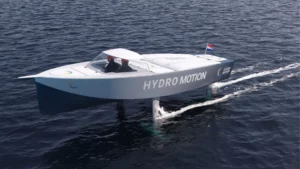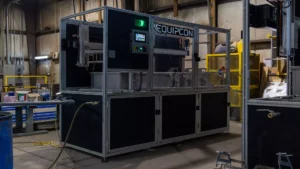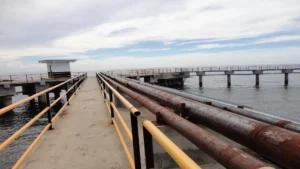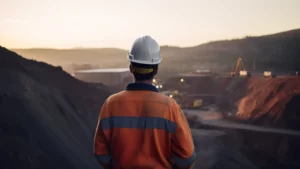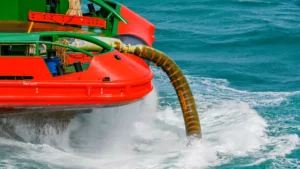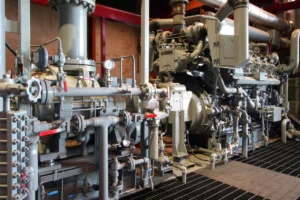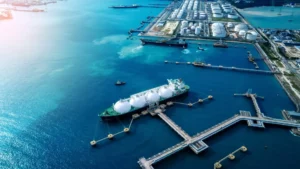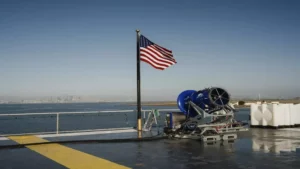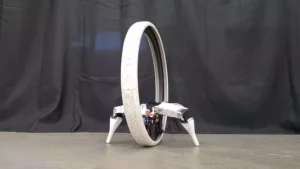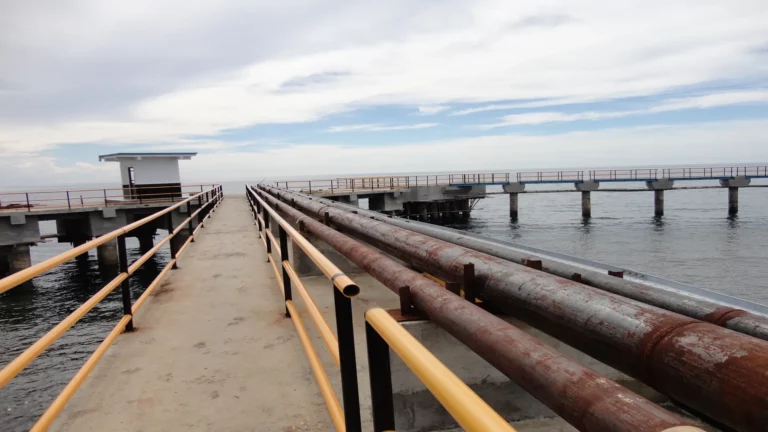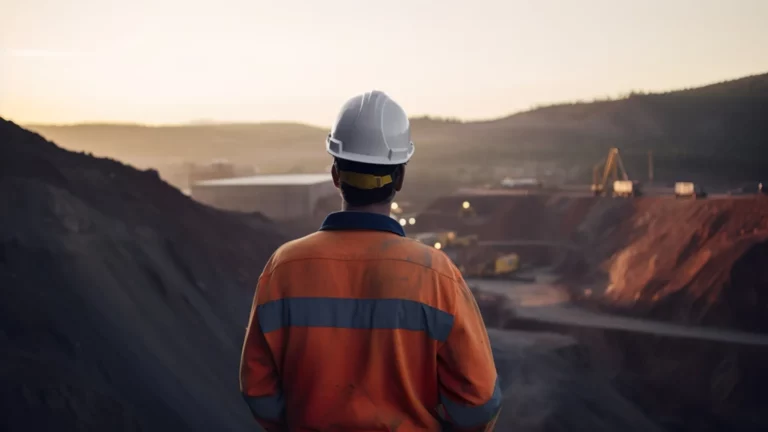Author: ing. Gustavo Romero, December 14, 2022.
Continuing with this initiative that I have called “Corrosion Tourism, a trip to learn about the beauty and importance of corrosion in iconic structures”, this time we are going to Japan, in the city of Kamakura, to learn about the history of a bronze statue of Amida Buddha, known as The Great Buddha of Kamakura , the second largest Buddha in Japan. This bronze structure has survived Typhoons, Earthquakes, Tsunamis, as well as the inclemency of the saline environment, acid rain, bird droppings and erosion by particles that come with the wind, since it has been exposed to the atmosphere for more than 500 years. The question we could ask ourselves, how has it been able to resist so many adverse factors? and the scientific answer is that it is mainly due to the protective film formed by corrosion products and other compounds on the surface. Buddhas are frequently depicted in statues, paintings, and tattoos being carried by individuals as amulets in order to inspire meditation and reflection on the principles of Buddhism. The Great Buddha of Kamakura stands with his hands on his lap and his legs crossed (lotus position), signifying meditation and wisdom. In Buddhism, the meaning of the lotus flower is purity of body and soul. I have not had the opportunity to visit it, so I would like to dedicate this writing to my coworkers Ilze Priego and Steven Cockerell who already had the opportunity to visit the Great Buddha of Kamakura in Japan and, therefore, they were able to convey to me the incredible feeling of being in that place that definitely has an energy that fills the soul in a positive way.
About the Monument
This statue is known as Kamakura Daibutsu or The Great Buddha of Kamakura. It is a bronze structure of the Amida Buddha, bathed in gold and has become one of the most famous icons in Japan. The statue is 13.35m tall and weighs about 93 tons, making it the second largest seated Buddha in Japan after the Buddha at Tōdai-ji in Nara. In 1262 the construction of the Great Bronze Buddha statue was finished (There is no accurate information for this). Many large Buddha statues are housed in pavilions, but the one in Kamakura is quite special because it is outdoors. Initially there was a pavilion, but it was destroyed several times by typhoons and earthquakes, so since 1498, for more than 500 years, the statue has been exposed to the atmosphere. The Great Buddha appears seated in a lotus position with his hands forming the typical meditative gesture, in a posture that emanates peace.
For information https://www.kotoku-in.jp/en/
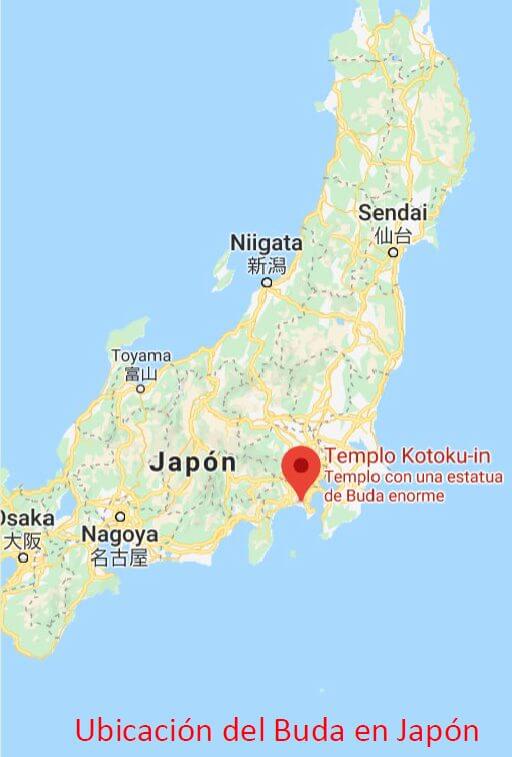
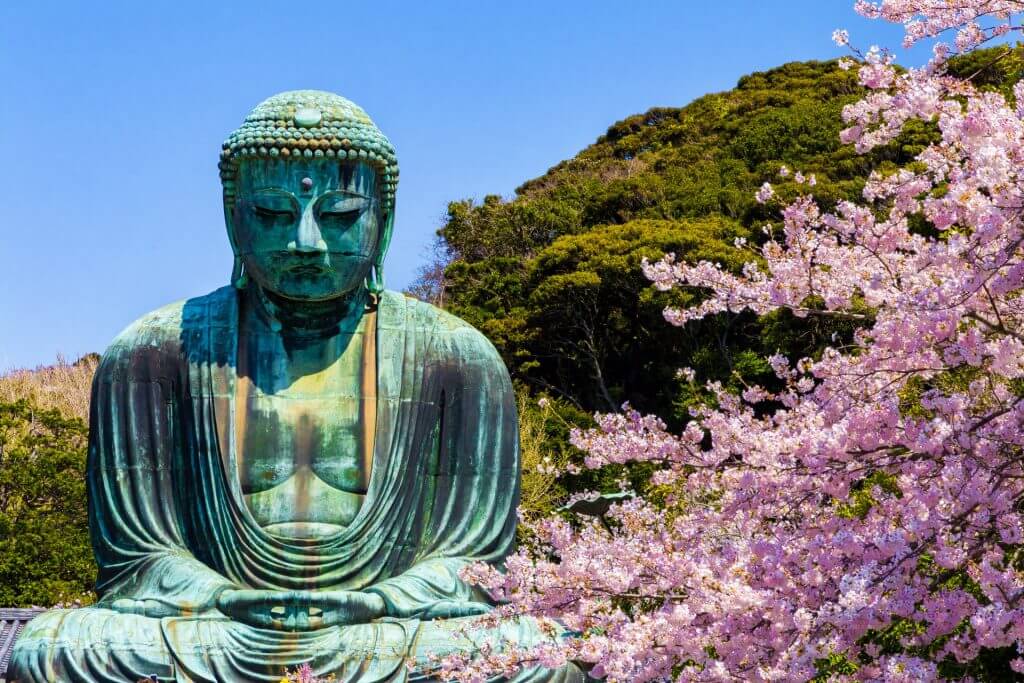
Material and Construction of the Monument
The Statue of the Great Buddha of Kamakura was built of Bronze (alloy of Copper (Cu), Tin (Sn), Lead (Pb) and other elements to a lesser extent (Fe, Al, Zn, As, Si, Ag), in the that the majority element is copper (80-97%). A noteworthy fact is that the composition of the alloy contains a percentage of Lead (Pb) higher than expected, up to 17%, which could be contributing to the durability of the alloy in aggressive exposure conditions and therefore in its resistance to corrosion. Specifications for types of bronze such as C 937 or UNS C93700, also referred to as SAE 64, recommend a maximum percentage of Lead of up to 11%, in order to increase resistance to corrosion and also provide self-lubricating properties to the alloy. The distinctive feature of lead is that it does not form an alloy with copper; hence it is distributed according to the casting technique in the mass of the alloy, without being intimately mixed. The Buddha was built through a casting process by separate pieces that were then assembled leaving the interior of the hollow structure. Today these different joints are visible, especially from the inside. The thickness of the pieces varies depending on the area, but it goes from 3 cm to 12 cm in the thickest parts.
corrosion mechanism

Due to rapid industrial growth, air pollution is a serious problem in the world, especially in Asia in recent years. The most important industrial region in Japan is Tokyo-Yokohama, precisely the area where our monument is located. Hence atmospheric corrosion is strongly influenced by the presence of sulfur species such as sulfur dioxide from fossil fuel combustion and chlorine in sea salt aerosols and hydrogen chloride emitted from incineration plants. Typical chloride-containing salts and sulfur-containing gases are deposited or adsorbed on the exposed copper surface and due to their hygroscopic nature they absorb water from the atmospheres, favoring the electrochemical corrosion process whose behavior will depend on the corrosion products formed, environmental and climatic conditions, location of the monument and time.
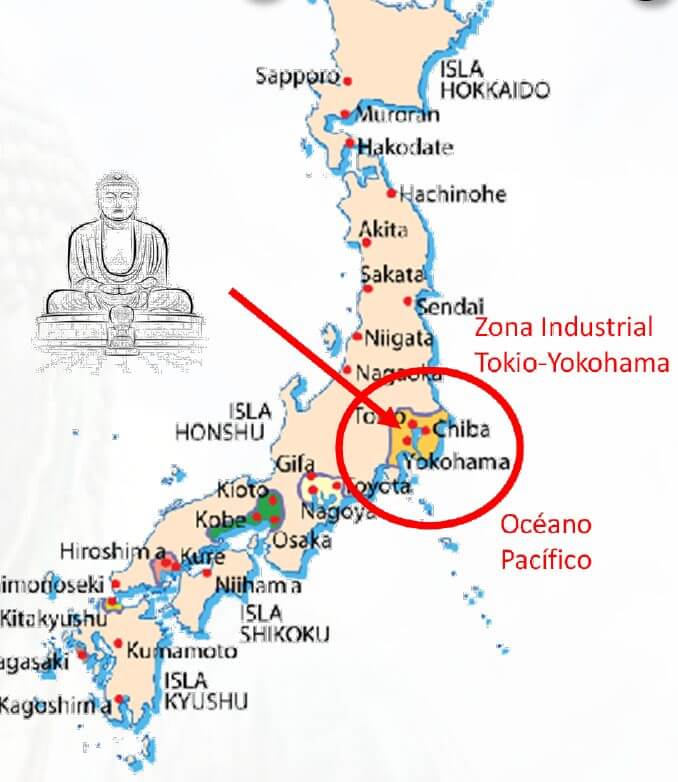
Stages of the corrosion process
Corrosion initially begins as a process of electrochemical nature. Since the surface electrolyte layers are thin and dry periodically, the reaction products are deposited in the form of solid surface layers which then participate in corrosion reactions, and the nature of the corrosion process also becomes chemical. The stability or solubility of the components of the surface layers, especially the ability to bind aggressive atmospheric components in salts of limited solubility, has a fundamental influence in keeping the corrosion rates of copper and its alloys low under atmospheric conditions. The high resistance of copper and its alloys to corrosion in atmospheric conditions derives from the protective function of the corrosion product layer, generally called patina. Surface layers on bronze and copper are formed by periodically repeated processes during wetting and removal of basic salts from saturated electrolytes at a suitable, but not too low, pH. Over the years and due to different factors such as acid rain, atmospheric pollution, wind, organic deposits or photochemical reactions, they present a greenish-bluish appearance of different shades depending on the degree of corrosion that it presents. Through a computerized study, the color changes in the Buddha were studied using photographs taken in different periods until 1994, finding that the greatest color changes occurred between 1965 and 1985, coinciding with the time when the emission of sulfur dioxide and other contaminants were a serious problem in Japan.
In 1992, the Tokyo National Research Institute of Cultural Properties (TNRICP) began the study of the relationship between the behavior of atmospheric corrosion of the monument and the environmental conditions of exposure, through the analysis of the composition and structure of corrosion products, meteorological conditions, pollutant monitoring (gases of Sulfur Dioxide (SO2) and Nitrogen Dioxide (NO2), Ions by collection of fog and Rain: Chloride (Cl-), Nitric Acid (NO3 -), Sulfate (SO4=), Sodium (Na+), Ammonium (NH4+), Potassium (K+)), and control exposure (similar alloy) for study. From the environmental and meteorological conditions, the results showed that pollutants can be easily transported to the Buddha from the industrial zone (Tokyo-Yokohama) by winds and precipitation from the north (Back Side) and sea salts by strong winds from the south. (Front Side), which has favored the presence of different corrosion products, depending on the location on the monument.

From the analysis of corrosion products (Red Points in the attached Figure) in the different areas of the Buddha using Fluorescent X-ray Spectroscopy (XRF) and X-ray Diffraction (XRD) compounds were found. of Copper, Lead and Tin in the form of Chlorides, Sulfates, Oxides and Hydroxides, as well as Carbonates and other forms as a result of the same electrochemical reactions of corrosion and chemical reactions between the same compounds generated, responsible for the different shades of color that can be seen on the outer surface of the Buddha. Due to its location, for example, the corrosion products with the presence of chloride were found in a greater proportion in the frontal area and the compounds with the presence of sulfur in the rear area. Phosphorus (P) was detected in all the samples taken, probably from the excrement of pigeons and other birds and compounds with Calcium and Aluminum, the latter as a result of wind dragging from the ground towards the Buddha.
Maintenance and Prevention of Deterioration
After 55 years without execution of major maintenance, at the beginning of 2016, restoration work was carried out on the monument led by the National Research Institute of Cultural Properties of Tokyo. The work lasted 2 months and involved a team of 10 people. Some of the activities that were carried out:
• Superficial cleaning:
o Removal of chewing gum and graffiti without affecting the structure using alcohol.
o Removal of stains and bird droppings.
o It was not possible to use cleaning methods such as sandblasting due to the importance of preserving the structure of the monument.
• Placement of a fiberglass reinforced plastic collar inside the neck, making an internal support similar to a basket.
• Improved protection against earthquakes with a new fixed concrete pedestal. Two solid concrete pillars inside the body under the hands were also replaced by an inverted U-shaped steel frame, which has enough elasticity to absorb possible seismic stresses.
• Repair of internal and external cracks through reinforcements. Many of these cracks generated during the manufacture and assembly of parts and others generated by vibrations and heating to which the Buddha is subjected.

Curiosities
If you have the opportunity to visit this monument you will be able to appreciate the multicolored beauty generated by the different corrosion products and other compounds formed by chemical reactions with environmental pollutants. Today, we can see shades of pale and dark green, dark brown, orange, black, yellow and blue, white, and different shades of red.
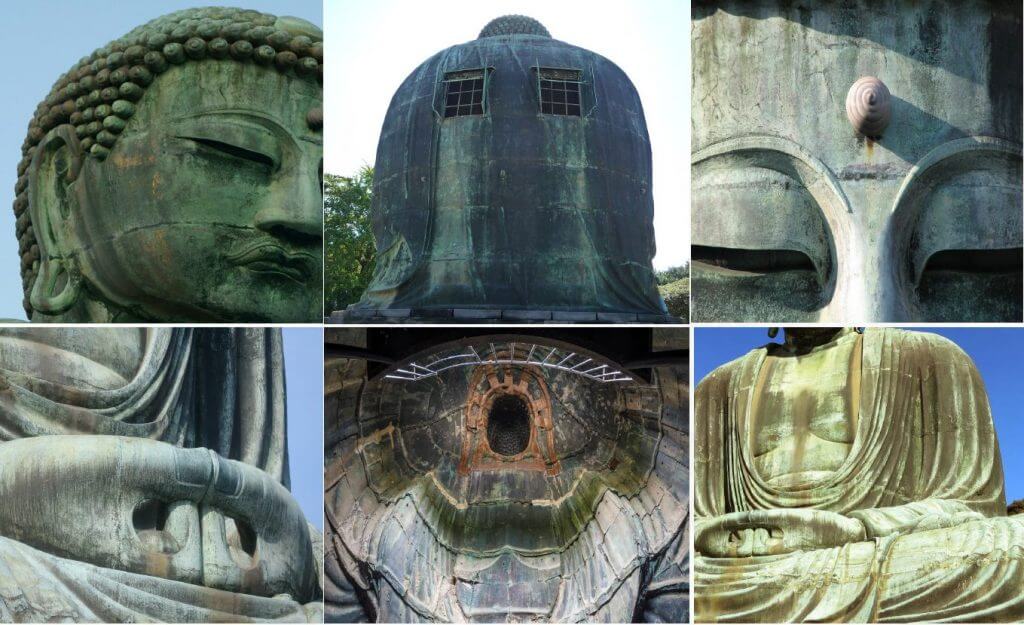
References consulted
o Influence of Air Pollution on Tha Great Buddha in Kamakura. Shigeo Aoki, Sadatoshi Miura, Wataru Kawanbc, Shirou Matuda
o Analysis Corrosion Products Formed on the Great Buddha Image of Kotokuin Temple in Kamakura. Matsuda Shiro, Aoki Shigeo and Dai ill Kang(translation).
or Photogrammetry in the Precision Measurement of the Great Buddha at Kamakura. TAKAKAZU MARUYASU & TAICHI OSHIMA. Studies in Conservation, Volume 10, 1965
o Restoration of the Great Buddha Statue at Kamakura MASARU SEKINO. Studies in Conservation, Volume 10, 1965
or Radiography of the Great Buddha at Kamakura. KENZO TOISHI. Studies in Conservation, Volume 10, 1965.
This writing was prepared by Ing. Gustavo Romero / G.romero@penspen.com. This summary is intended to be informative and not for profit, rather than to share knowledge. I hope you find it as interesting as it did for me.
About the Author

Gustav Romero. A chemical engineer with a master’s degree in corrosion, he has served as a corrosion specialist, facility integrity and risk leader, project manager, and for the past 12 years has served as Director for Latin America for Penspen.



